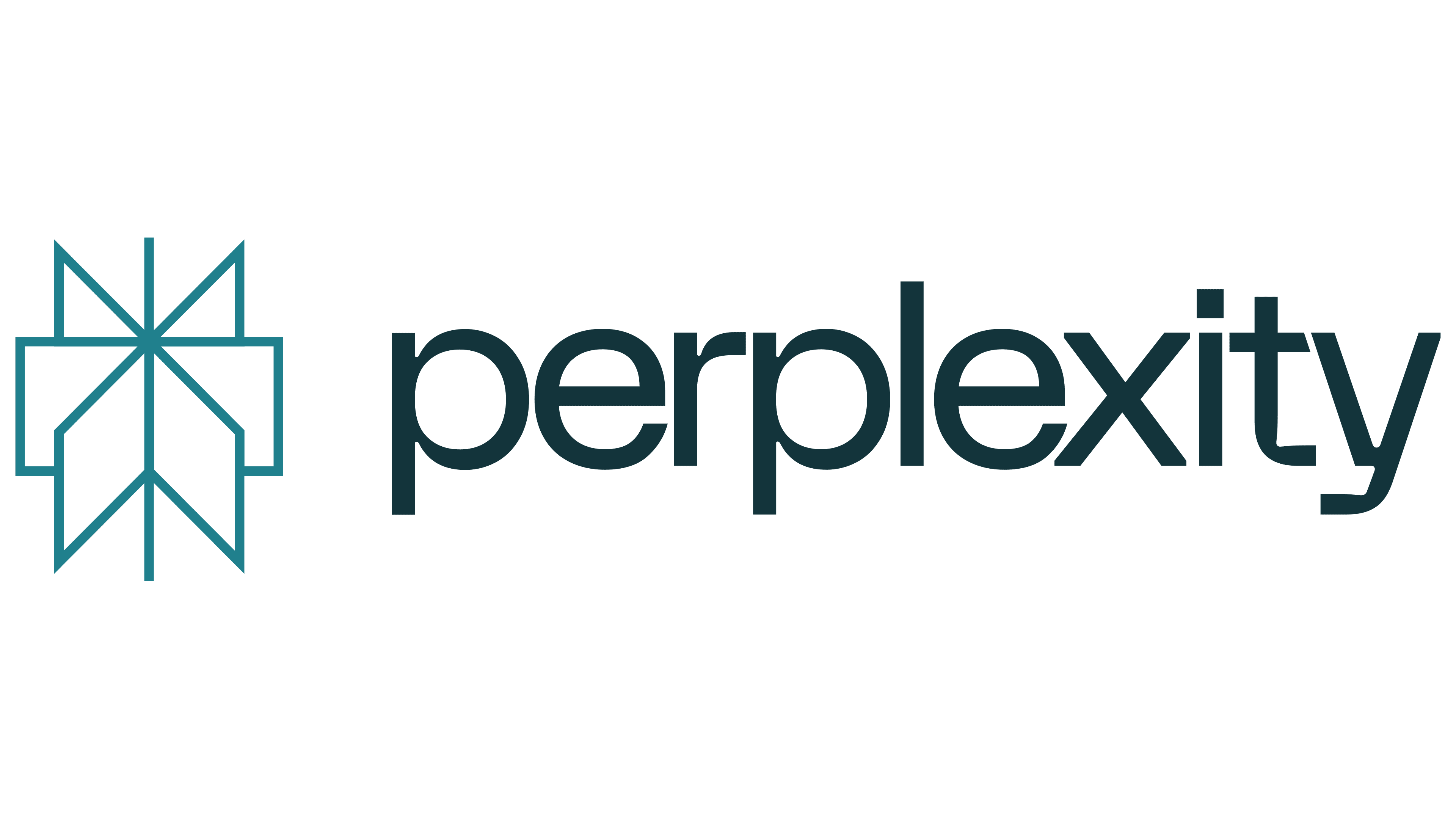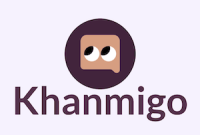What Is Artificial Intelligence?
A Beginner’s Guide to AI (2025)
Introduction: What Is Artificial Intelligence?
Have you ever wondered how your smartphone understands your voice commands or how Netflix recommends shows you love? This magic is powered by Artificial Intelligence (AI)—the most transformative technology of our time.
Artificial Intelligence refers to machines designed to mimic human intelligence, enabling them to learn, reason, solve problems, and even make decisions. Unlike traditional software that follows rigid programming, AI systems improve with experience.
In this guide, we'll explore:
- What AI truly means (beyond the buzzwords)
- How AI integrates into daily life (often invisibly)
- Why AI matters for humanity's future
What Does Artificial Intelligence Mean?
AI is a branch of computer science focused on creating systems capable of performing tasks that typically require human cognition, including:
- Natural language processing (understanding and generating human speech)
- Computer vision (interpreting visual information)
- Predictive analytics (forecasting future outcomes)
- Decision automation (making choices without human input)
Types of AI Systems
| AI Type | Capabilities | Real-World Example |
|---|---|---|
| Narrow AI | Specialized in one task | Google Search algorithms |
| Machine Learning | Learns from data patterns | Fraud detection in banking |
| Deep Learning | Mimics human brain neurons | Facial recognition systems |
| Generative AI | Creates original content | ChatGPT, DALL-E images |
How Does AI Actually Work? (Simplified)
Imagine teaching a child to recognize animals. You show them hundreds of cat and dog pictures until they can distinguish them effortlessly.
AI learns similarly—through massive datasets. Instead of explicit programming, AI uses:
- Algorithms: Mathematical instructions that process data
- Neural Networks: Digital brain-like structures that identify patterns
- Training: Feeding the system examples until it "understands"
For instance, when your phone unlocks via facial recognition, AI compares your face against thousands of learned facial features in milliseconds.
Why AI Matters More Than Ever
- Superhuman Efficiency: AI analyzes medical scans 10x faster than radiologists with equal accuracy
- 24/7 Productivity: Chatbots handle customer queries at any hour without fatigue
- Climate Solutions: AI optimizes energy grids, reducing carbon emissions by up to 30%
- Life-Saving Predictions: Earthquake and disease outbreak forecasting saves thousands annually
AI in Your Daily Life (You Use It Every Day)
🔍 Smart Recommendations
Spotify's AI analyzes your listening habits among 100 million songs to craft perfect playlists.
📸 Photo Magic
Your smartphone uses AI for night mode photography, facial tagging, and even removing photobombers.
🚗 Safer Driving
Tesla's Autopilot processes 2,000 frames per second to navigate complex traffic scenarios.
Ready to Go Deeper?
Tomorrow's Insight: "How Machines Actually Learn - Demystifying Neural Networks"
Discover the fascinating science behind AI's ability to improve itself through experience.





